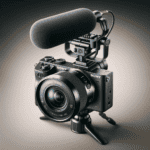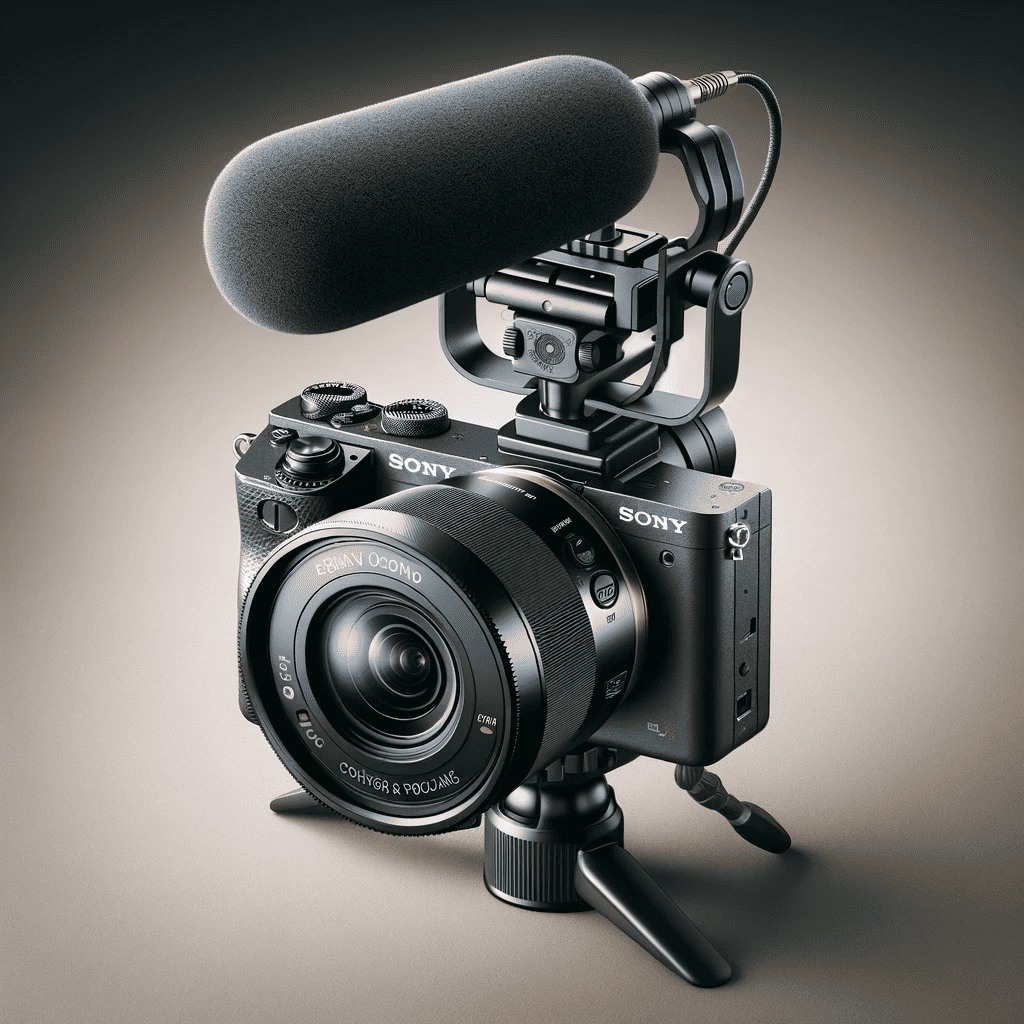Introduction
Photography is not merely about capturing moments; it is an art form that requires careful consideration of framing and composition. The way elements are positioned within the frame can greatly impact the visual appeal and storytelling of a photograph. Understanding the importance of these techniques is crucial for any aspiring photographer or even enthusiasts seeking to elevate their skills.
Framing refers to the process of selecting what to include in a photograph and how to arrange those elements within the frame. Composition, on the other hand, involves organizing those elements in a visually pleasing manner. When done effectively, framing and composition can create impactful photographs that not only capture a scene but also evoke emotions and tell stories.
Importance of Framing and Composition in Photography

Framing and composition play pivotal roles in photography, as they determine how viewers interpret an image. Let’s delve into why these aspects are so crucial:
Guiding Focus: An image with proper framing leads the viewer’s eye towards the main subject or focal point. By thoughtfully composing an image, photographers can direct attention to specific details or elements that they want viewers to notice first.
This control over focus enables photographers to convey their intended message effectively.
Achieving Balance: Effective compositions bring harmony by arranging visual elements in a balanced manner.
Whether through symmetry or asymmetry, finding equilibrium within a frame aids in creating aesthetically pleasing images. Symmetry can convey orderliness and tranquility, whereas asymmetry adds dynamic tension and interest.
Telling Stories: Framing and composition allow photographers to tell visual stories through their images. By carefully selecting what to include and exclude, they can highlight specific narratives or emotions.
The arrangement of elements within the frame can evoke feelings of joy, serenity, chaos, or even nostalgia.
Enhancing Aesthetics: Properly framing a photograph enhances its overall visual appeal.
It helps eliminate distractions and unnecessary clutter that may detract from the intended subject. Composition techniques such as leading lines, negative space, and framing within a frame add depth and dimension to photographs, making them visually engaging.
By understanding the importance of framing and composition in photography, you gain the tools necessary to create captivating visual narratives that resonate with viewers on a deeper level. In the following sections, we will explore various techniques that will help you master these skills and elevate your photographic artistry.
Understanding the Basics of Framing and Composition
Rule of Thirds: Dividing the frame into nine equal parts
Subtitle: Crafting Harmonious Balance and Visual Interest In photography, the rule of thirds is a fundamental principle that helps photographers create visually appealing and balanced compositions. The concept revolves around dividing the frame into a grid of nine equal parts by overlaying two vertical and two horizontal lines.
By strategically placing key elements along these gridlines or at their intersections, photographers can achieve a sense of balance, harmony, and visual interest. When an important subject is positioned along one of these intersecting points, it draws the viewer’s attention immediately and adds dynamism to the image.
This technique breaks away from placing subjects dead center in the frame, making photographs more engaging and intriguing. By considering the rule of thirds, photographers can create a composition with enhanced visual appeal that captivates viewers right from the start.
Leading Lines: Using lines to guide the viewer’s eye through the image

Subtitle: Captivating Journeys within Still Frames Leading lines are powerful tools in composition that guide viewers’ eyes through an image while creating depth and adding movement to static photographs.
These lines can be found naturally in landscapes—such as rivers, roads, or tree branches—or artificially created through man-made objects like fences or railings. By incorporating these lines into your composition skillfully, you can enhance both aesthetics and storytelling.
When composing a photograph using leading lines, it’s essential to consider how these lines interact with other elements in your frame. For instance, using converging lines where they meet at a vanishing point creates an illusion of depth that draws viewers deeper into an image.
Alternatively, diagonal leading lines can inject energy or dynamism into an otherwise static scene. Experimenting with different types of leading lines allows you to infuse your photographs with a sense of movement and guide the viewer’s eye to exactly where you want it to go.
Framing within a Frame: Incorporating foreground elements to frame the main subject
Subtitle: Contextualizing Subjects with Artistic Borderlines Framing within a frame is an artistic technique that involves incorporating foreground elements in your composition to create a visual border around the main subject. By doing so, you provide context, depth, and a more immersive experience for the viewer.
This approach often utilizes architectural structures like arches, windows, or doorways as well as natural elements such as trees, branches, or foliage. Placing an interesting foreground element strategically around your subject not only adds aesthetic value but also helps draw attention and focus towards it.
These additional elements act as frames within the larger frame of your photograph, inviting viewers to explore and discover the intricacies within. The juxtaposition of the framed subject against these surrounding elements enhances both its significance and impact while adding layers of visual interest that captivate audiences.
Symmetry and Asymmetry: Balancing Elements Within the Frame

Achieving Perfect Symmetry for a Visually Pleasing Effect
Symmetrical compositions can have a profound impact on the viewer, evoking a sense of balance and harmony. One way to achieve perfect symmetry is by utilizing reflections in water bodies or mirrors. By positioning your subject in front of a calm lake or still puddle, you can create a mirrored image that adds depth and ethereal beauty to your photograph.
The reflection introduces a duplication of elements, making the composition visually striking. Moreover, capturing architectural structures with symmetrical designs can also result in captivating images.
Buildings such as palaces, churches, or bridges often possess symmetrical facades adorned with intricate details. By positioning yourself directly in front of the structure and allowing it to fill the frame symmetrically, you can highlight its grandeur and create an awe-inspiring photograph that captivates viewers with its architectural beauty.
Creating Asymmetry for Dynamic Compositions
While symmetry can be visually pleasing, asymmetrical compositions offer an opportunity to add tension and drama to your photographs. Placing subjects off-center within the frame creates visual interest by breaking away from traditional balance. This technique is particularly effective when capturing portraits or street photography where the subject’s gaze or movement directs attention towards one side of the frame.
It invites viewers to explore beyond what is immediately obvious, evoking curiosity and engagement. Balancing different-sized objects within the frame is another way to create dynamic asymmetry.
By juxtaposing large objects with smaller ones, you introduce an element of contrast that adds depth and complexity to your composition. For example, photographing a towering tree against a backdrop of smaller flowers can create a sense of scale while infusing visual interest through contrasting sizes.
Negative Space: Utilizing Empty Spaces to Emphasize Subjects

Exploring Minimalistic Approaches by Leaving Large Areas Empty
In photography, less can sometimes be more. By deliberately leaving large areas of your composition empty, you can employ a minimalistic approach that draws attention to the subject and emphasizes its isolation.
This technique is particularly effective in capturing abstract or conceptual images where simplicity and symbolism play a vital role. These empty spaces allow the subject to breathe and become the focal point of the photograph, making it visually compelling.
Moreover, leaving large areas empty also provides an opportunity to draw attention to small details within the frame. By isolating them against negative space, these details acquire significance and become more noticeable.
This technique is commonly used in macro photography or when capturing intricate textures. The juxtaposition of emptiness with intricate detail creates a captivating visual contrast that stimulates curiosity and invites viewers to explore further.
Creating Breathing Room Around Subjects
Allowing subjects room to breathe within a frame enhances their presence and impact. By avoiding tight framing around subjects, you create breathing room that gives them space to exist comfortably within the composition. This technique is valuable when capturing portraits, as it allows the subject’s personality or emotions to shine through without feeling confined or restricted.
Furthermore, creating breathing room can also be applied in landscape photography or wildlife shots where including elements such as open skies or vast landscapes adds depth and context to the image. These additional spaces not only provide a sense of scale but also enhance storytelling by offering viewers a broader perspective.
Conclusion
Incorporating advanced techniques like symmetry and asymmetry, utilizing negative space effectively, and allowing subjects breathing room within a frame can greatly enhance your photographs’ visual impact and storytelling potential. Whether you choose perfect symmetry for its pleasing aesthetics or asymmetry for dynamic compositions, each technique offers unique opportunities for creativity and engagement with your audience.
Embracing the art of framing and composition empowers you to go beyond simple snapshots and create visually compelling images that resonate with viewers.
So, next time you pick up your camera, remember these tips and tricks to elevate your photography to new heights. With practice and exploration, you’ll discover your own unique style while captivating audiences with the power of thoughtful framing and composition.









